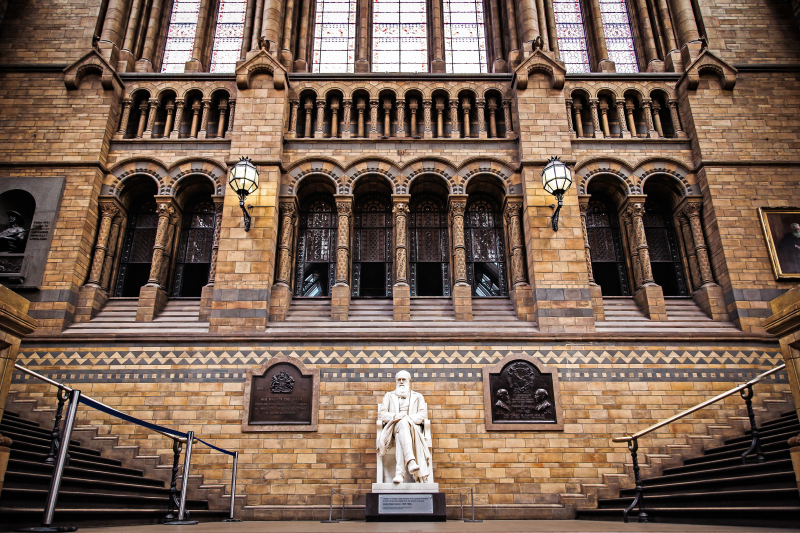Darwin’s Abominable Mystery

The abrupt appearance of flowering plants, or angiosperms, in the Early Cretaceous period's fossil record is a well-known phenomenon that Charles Darwin himself referred to as a "abominable riddle" in a letter to botanist Joseph Dalton Hooker.
If we are being precise, in his letter, Darwin only made reference to dicotyle flowering plants, which are those with two embryonic leaves, but over the years, the query expanded to encompass all angiosperms and asked, "How did they diversify so fast in such a short period?" Darwin was especially troubled by this issue since it seemed to go against his beliefs and because some of his detractors were using it to argue for "divine intervention."
In his latter years, Darwin proposed the hypothesis that angiosperms may have originated on an undiscovered island or even a continent, where they may have evolved for millions of years before spreading to other parts of the planet and becoming part of the fossil record that was then known.
Biologists have been perplexed by the problem for about 150 years. There are theories; for example, a new study from the University of Bristol published in early 2021 proposed that flowering plants simply emerged millions of years sooner than previously believed, giving them more time to diversify. But in the absence of concrete evidence, Darwin's riddle is still abhorrent.











